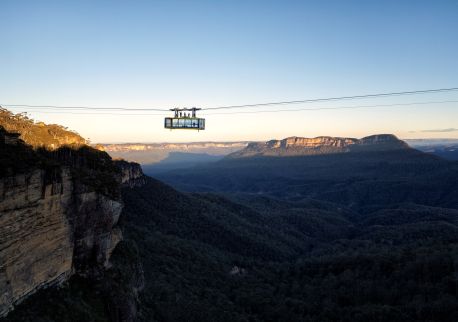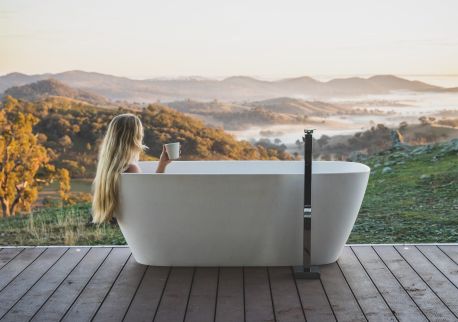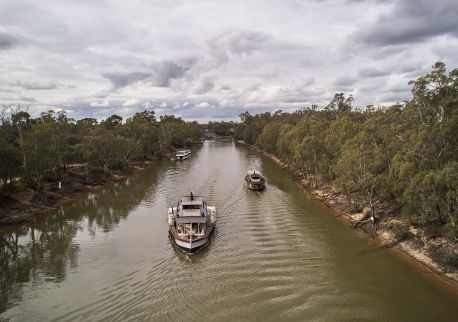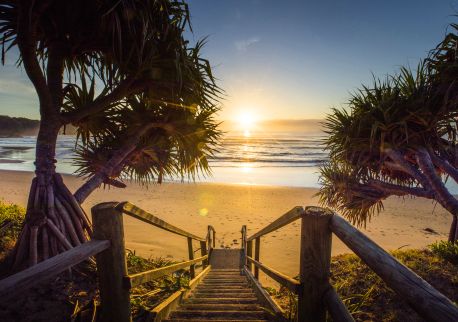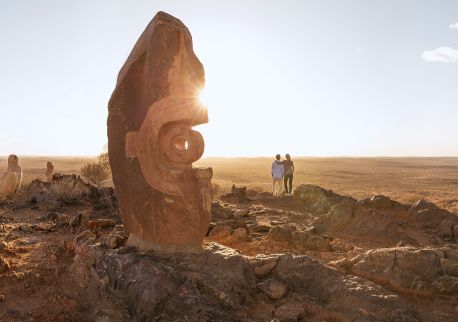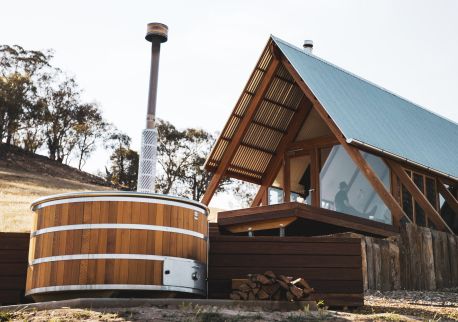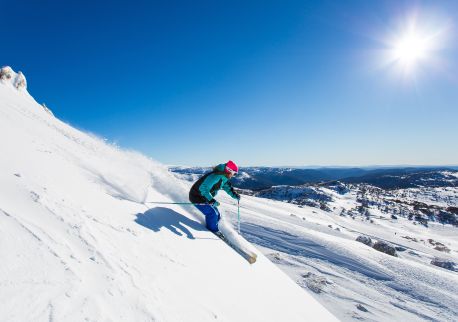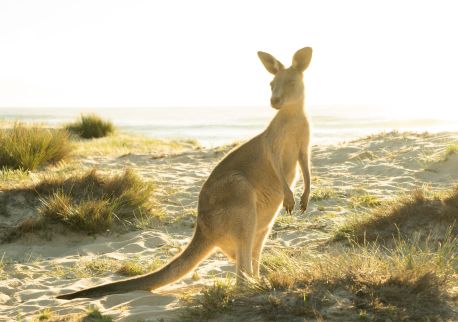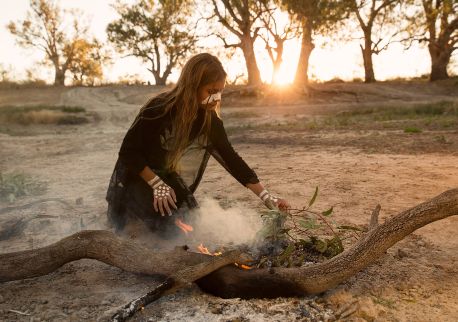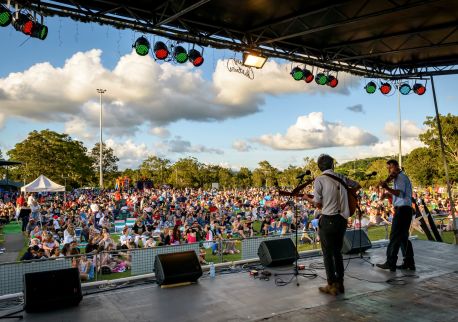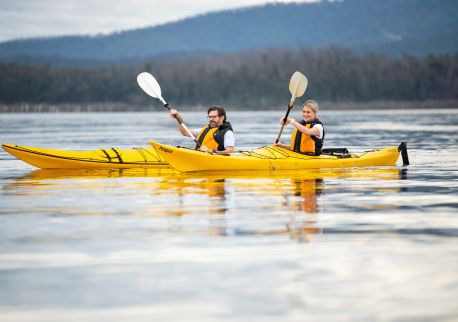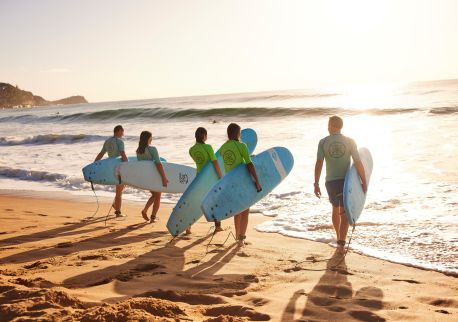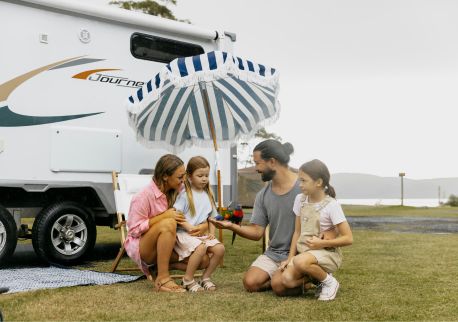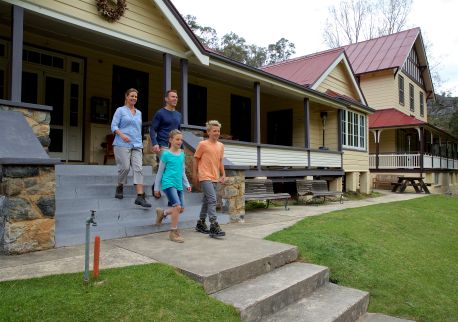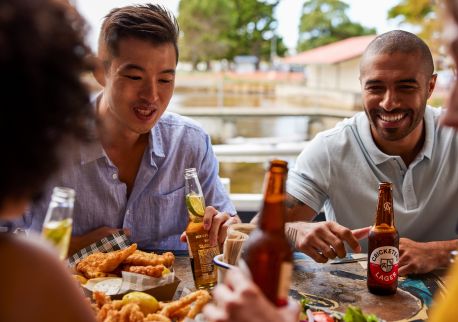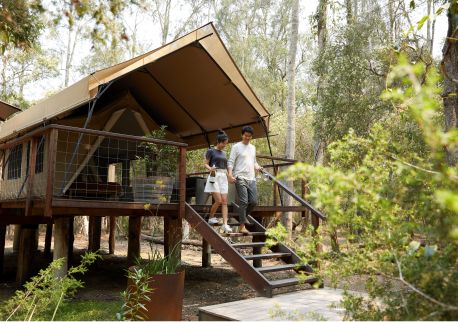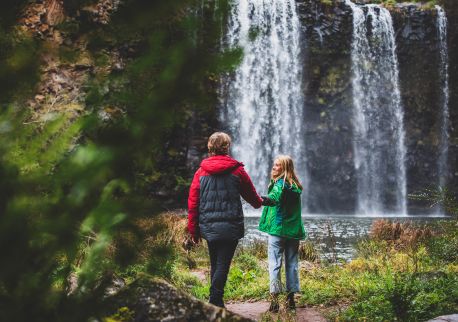Surfing can feel intimidating, but anyone can learn if they have the right introduction. This is your guide to beginner-friendly beaches, surf schools and, of course, how to catch your first wave.
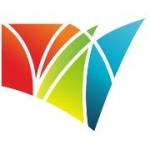
Destination NSW
Jan 2024 -
4
min readRenowned for its beautiful sandy beaches, warm summer water and consistent swell, New South Wales is a surfer's paradise. It’s also the birthplace of surfing in Australia, with the country’s first surf clubs opening in Manly and Bondi in the early 20th century. Now, the state has more than three million surfers and is a famous surf destination worldwide. If you're keen to drop into the world of surfing, read on and in no time, you’ll be trimming across waves with ease.
Learn from the best
Kick-start your new pastime with surfing lessons from professionals. Most surf schools offer group and individual lessons. Expect to learn surfing fundamentals including ocean safety, board control, how to catch waves and how to stand up. You'll usually run through the basics on land before getting into the water. When you get in the water instructors typically stay with you and coach you during your surf. Lessons also tend to include board and wetsuit hire so you can try it out before buying your own gear. If you do decide to buy your own equipment, you’ll need a learner-style board (ideally a round-nosed soft-top or foam surfboard), a leg rope to keep your board attached to you, surf wax for grip, and a wetsuit if you’re going to surf in the colder months (mid-April to about November).

Manly Surf School, Freshwater Beach
Sydney
Manly Surf School offers lessons at Manly Beach and many other spots on the Northern Beaches. Let's Go Surfing has locations at the iconic Bondi Beach (where they also offer women-only group lessons) and Maroubra. For a southern option try The Shire’s Cronulla Surfing Academy.
Wollongong
Illawarra Surf Academy runs classes at several beaches around Wollongong including Corrimal, Thirroul and Warilla beaches.

Illawarra Surf Academy, Wollongong
Newcastle
Newcastle Surfest Surf School and Philippa Anderson Surf School run lessons at the famous Nobby’s Beach as well as other nearby beaches.
Greater NSW
Central Coast Surf School hosts lessons at Avoca, Terrigal and Umina beaches, and Pam Burridge Surf School, run by former world champion Pam Burridge, offers lessons at Bendalong, Mollymook and Narrawallee beaches on the South Coast.

Pam Burridge Surf Schools, Mollymook
Beginner-friendly beaches
Generally, beginner beaches have small waves that break gently and roll into shore, giving you lots of time to practice getting up on your feet. Look for waves about waist-high that break slowly. If you check a surf report online (such as Swellnet or Surfline), look for an ideal learner’s wave size of one to two feet. You should also look for beaches without strong currents, rips or “dumping” waves, which are very fast-moving, steep and break onto shallow sand. The best wind direction for surfing in NSW is typically from the west, called ‘offshore’, because the wind is blowing from land out to sea, literally off the shore. Offshore winds smooth the surface of the ocean, resulting in rounder waves and a smoother ride.

Surfers catching a morning wave at Bondi Beach
Sydney
Manly usually has quite gentle waves, particularly in the southern corner where there’s often an offshore southerly wind in winter. North Bondi offers the gentlest waves in the eastern suburbs of Sydney, very suited to learners. Summer afternoons often have an offshore, northeast wind.
South Maroubra also has regular offshore winds, it’s protected from southerly swells and there is often a sandbar where you can walk out to catch waves rather than having to paddle. Further out from the sandbar, the conditions can be more difficult. In the south, Greenhills, the name for the northern end of Cronulla, has an offshore, north or northeast wind and offers uncrowded, long and gentle waves for learners.

Maroubra Beach, Maroubra
Wollongong
Warilla Beach is just south of Wollongong and offers gentle rides as long as the surf is small. Just north of Wollongong, the south end of Thirroul and the north end of Corrimal Beach are slightly protected spots and usually offer good learning conditions.

Corrimal Beach, Wollongong
Newcastle
Nobby’s Beach is protected from southerly swells and, unless the swell is big, there are usually a few nice spots for learners. Merewether and Stockton Beach are often a little less crowded and, if the surf is small, will offer some nice learner waves. Just south of Newcastle, Blacksmiths and Caves Beach also offer uncrowded and typically slow-breaking waves.

Nobbys Beach, Newcastle
Others
There are more notable learner-friendly beaches in NSW, try Umina on the Central Coast and Seven Mile Beach, Merry Beach, South Durras and Mollymook beach on the South Coast.

Seven Mile Beach, Shoalhaven Heads
Five tips for safety when catching your first waves
- Get in the right position on your board. You should be forward enough to paddle, but far back enough so you don’t nosedive the board into the water.
- Start paddling before the wave reaches you. You want to have momentum before the wave comes.
- As a learner, try riding on your belly first, then your knees while still holding onto the sides of the board, and finally standing. Most people won’t stand up the first time they try so don’t be disheartened if it takes a few gos.
- Keep safety front of mind at the beach. Don’t paddle out in waves that exceed your skill or comfort level and never surf alone. If in doubt about the conditions, ask a lifeguard or another surfer for advice.
- Watch for rips. If you get stuck in a rip, rather than swimming against it and towards the beach, swim across it so you are parallel to the beach and using less energy.

Going for a surf at the beachfront of NRMA Murramarang Beachfront Holiday Resort, South Durras
Surf etiquette
Surf etiquette centres around sharing waves. The key to surfing etiquette is to avoid two major faux pas:
Dropping in: catching a wave when someone is already on it.
Snaking: queue-jumping, where a surfer paddles out closer to the start of where the waves break, past others who are waiting for a wave.

Rennies Beach, Ulladulla

